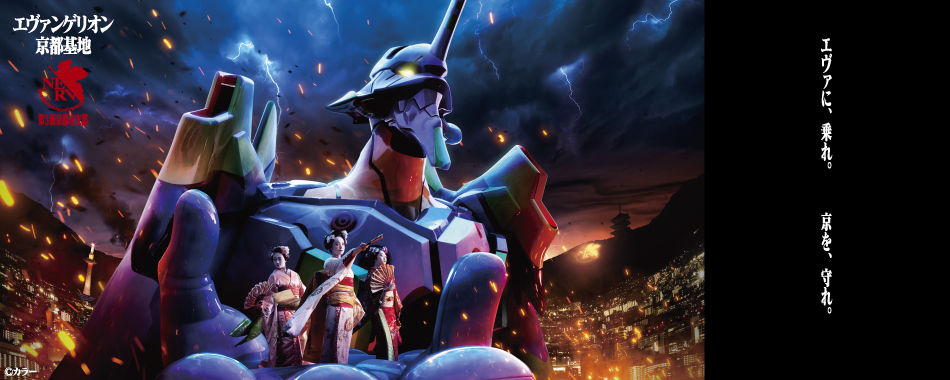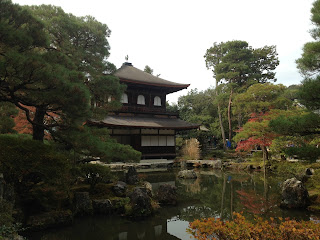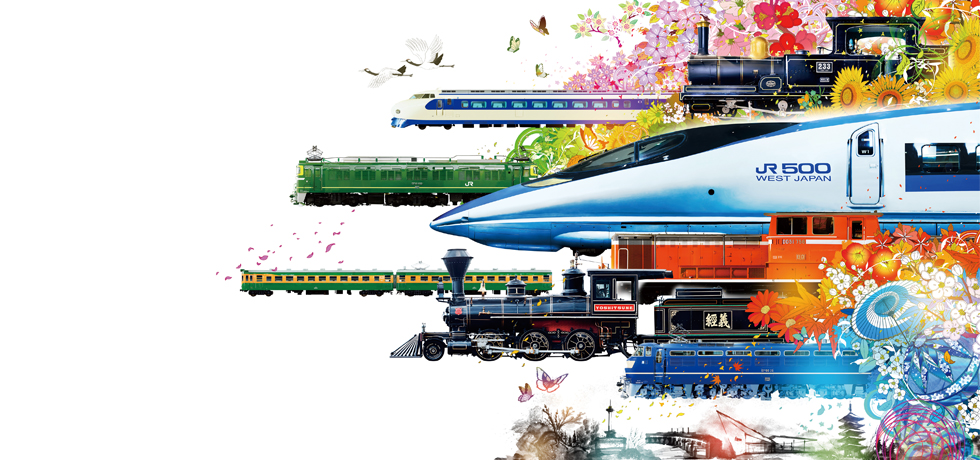Kaiseki is a traditional Japanese culinary art form that originated in the imperial court and has since evolved into a sophisticated and elaborate dining experience. The term “kaiseki” means “warming the body” and refers to the traditional tea ceremony meal served before the tea was consumed. Over time, the term has come to encompass the full multi-course dinner experience.
Kaiseki is a celebration of the seasons, showcasing the freshest and most seasonal ingredients of the region. Each dish is prepared with meticulous attention to detail, from the way the ingredients are sliced and presented, to the seasonings and cooking methods used. The meal is designed to be a balance of flavors, textures, and colors, with each dish complementing the others to create a harmonious dining experience.
A typical kaiseki meal consists of several small dishes, each with its own unique flavor and preparation. The meal often starts with a light dish such as sashimi or grilled fish, followed by a soup or simmered dish, and then pickled vegetables. Rice and miso soup are typically served as the final dishes, accompanied by a carefully selected sake that complements the flavors of the meal.
The presentation of kaiseki dishes is just as important as the flavors themselves. Each dish is carefully arranged on the plate, taking into account the color, texture, and balance of the ingredients. The overall look of the meal is designed to be visually appealing, with the intention of delighting all five senses.
Kaiseki is considered one of the highest forms of Japanese cuisine and is typically served in high-end restaurants and ryokan inns. The meal is often enjoyed on special occasions such as weddings, business events, and other celebrations, where it is considered an honor to be able to experience the traditional meal.
The preparation of kaiseki requires a great deal of skill and expertise, as each dish must be carefully crafted to meet the high standards of quality and flavor. Chefs who specialize in kaiseki undergo years of training and apprenticeships, mastering the techniques and traditions of the art form.
In conclusion, kaiseki is a unique and memorable dining experience that showcases the best of Japanese cuisine. From the use of seasonal ingredients, to the meticulous preparation and presentation of each dish, kaiseki is a celebration of culinary excellence that should not be missed. If you have the opportunity to experience kaiseki, be prepared for a truly unforgettable dining experience that will leave you feeling satisfied, both physically and culturally.

























